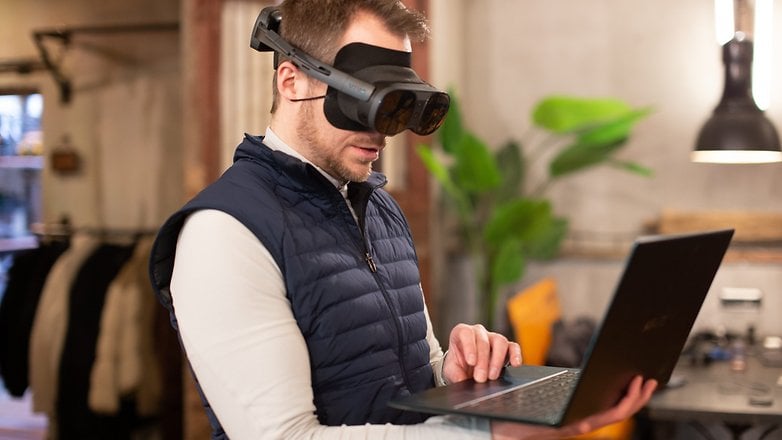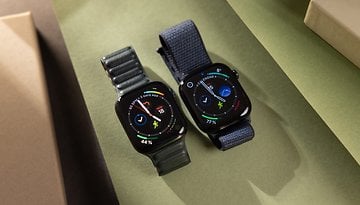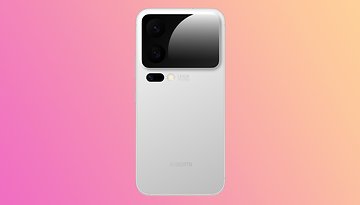HTC Vive XR Elite review: Actually excellent but not good enough
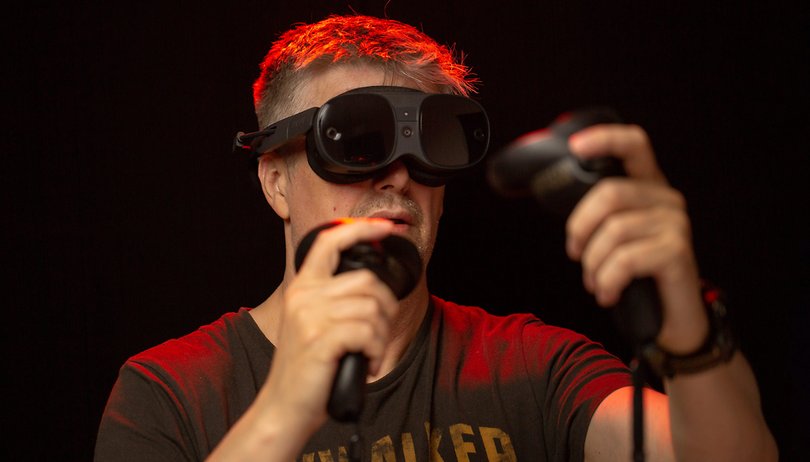

The HTC Vive will probably be perceived by the public together with Oculus as the pioneer of "professional" VR glasses. This is long before Apple tried to mop up the market from a standstill with its Vision Pro. At CES 2023, the Taiwanese company took the step towards the first standalone VR glasses for consumers with the Vive XR Elite. After a very long wait, the mixed reality glasses have now arrived at the nextpit editorial office and was reviewed in-depth by me. Is this all-in-one VR headset that costs $1,099 a pop worth every single penny? Let's find out.
Good
- Super lightweight case
- Superior RGB passthrough
- Up-to-date processor
- SteamVR ready (wired or WiFi 6E)
- Battery can be hotswapped
- Diopter adjustment
- Modular design
Bad
- Too little program memory
- Unfortunately too expensive
- Eye- and face-tracking are optional
- Battery life is not up to expectations
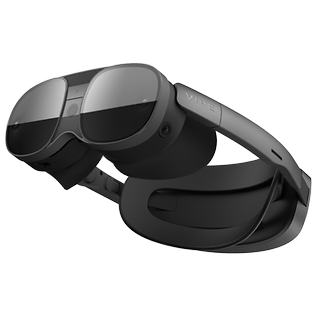
The Vive XR Elite in a nutshell
As what felt like one of the first manufacturers of, let's put it this way, "professional" VR glasses in 2015, HTC Vive took a long time to launch its first standalone VR glasses for consumers. At the Consumer Electronic Show 2023 in Las Vegas, the time had finally come for the Vive XR Elite to be unveiled to the masses at the beginning of the year, and it quickly becomes apparent: The long wait was worth it!
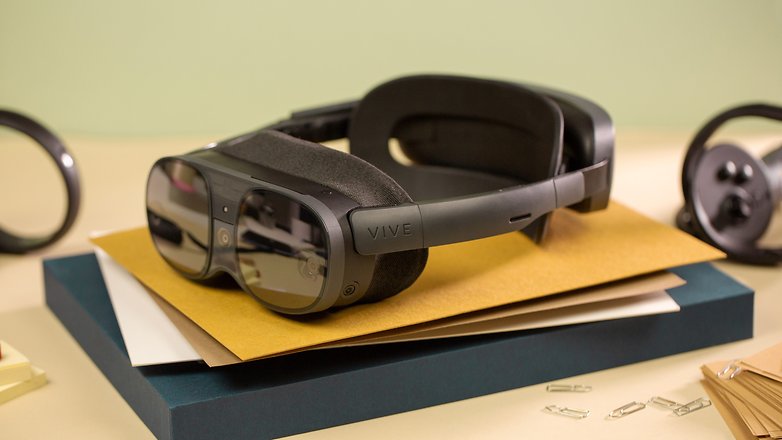
HTC is more than happy to charge you a whopping $1,099 for the modular Vive XR Elite. Besides the headset, two battery-powered controllers (right & left hand), a replaceable battery (including the holder) for the VR headset, and the "glasses frame" modules are included. In view of a Meta Quest 2 that starts at $399 or a Pico 4 starting at $530, that is subjectively quite expensive.
Even the company formerly known as Facebook has dropped the price of the Meta Quest Pro from $1,499 to $999. Thus, the XR Elite is the most expensive all-in-one MR headset available on the market right now. That is, until the $3,500 Apple Vision Pro is announced and released Stateside next year.
Mark Zuckerberg, as the new owner of Oculus, has never made a secret of the fact that the Oculus Quest 1 and Oculus Quest 2 (now Meta Quest 2) are subsidized through advertising. In other words, your data is used by Facebook aka Meta for advertising purposes. The same applies to the Pico 4, where ByteDance is the owner and takes advantage of your data. That is precisely not the case with HTC, as Fabian Nappenbach, Product Marketing Director at HTC Vive, confirmed with us in a personal interview.
- Also interesting: The best standalone VR glasses
To make things clearer, the 128 GB of internal memory should be mentioned at this point, which is also available as an entry point with the competitors except for the Meta Quest Pro, which starts with 256 GB of internal storage space. The Vive XR Elite is now available for pre-order at HTC or Amazon and is only listed in this storage configuration so far. However, the availability of the device was delayed until last week without any reasons given. It does seem that there is enough Vive XE Elite stock to go around, so a purchase via Amazon would come with a 2-day guaranteed delivery time.
Design & Display
The Vive XR Elite basically speaks for itself visually, without even having you take a look via its pancake lenses. Anyone who has ever spent more than an hour in virtual reality with the usual VR headsets in front of their eyes knows what I am talking about. You will begin to feel pressure on the nose, under the eyes, and the forehead immediately afterwards, being an indictment of what you have been doing for the past few minutes.
If you're a little familiar with the Vive portfolio, you'll recognize certain design overlaps with the HTC Vive Flow. I think the lessons learned from the 189 gram "predecessor," which still required smartphone connectivity, were quite useful for in influencing the final design of the XR Elite.
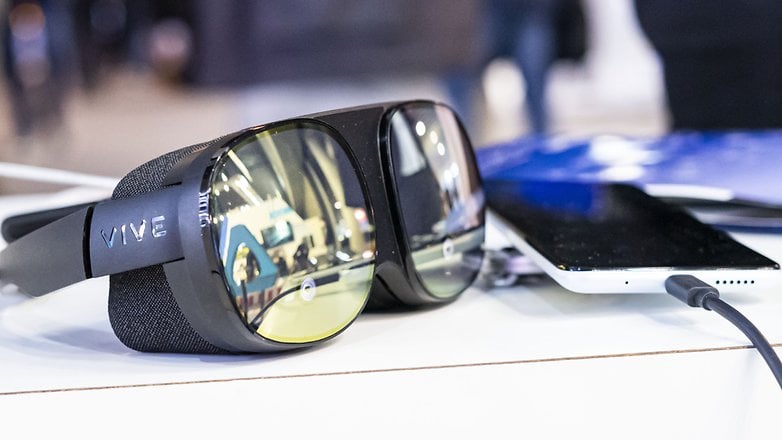
Things aren't quite that simple with HTC's latest standalone VR goggles after all. With the almost 5,000 mAh battery positioned at the back, the headset still weighs 625 grams, which is not lightweight at all compared to its competitors (503 to 722 g) according to the specifications.
Unfortunately, earlier rumored details did not materialize. On my part, I had arrived at a conclusion after just half an hour of gaming pleasure that this headset does not sit well with my nose (see what I did there?). The general weight or balance does not seem to be the decisive factor, but it is more of the rather poor magnetically locked screen quality that is made from soft padding. The original shape disappeared after a few days of use, which translated to having the hard plastic of the Vive XR Elite pressing directly onto the nose.
HTC calls its newcomer "modular" as well. The battery at the back can be removed along with the head mount and locking wheel, and can be fitted with flexible eyewear straps. However, the battery's location at the back caused problems during our review. I will talk more about that in the battery section. The scenario of having a glass frame sounds interesting, especially when you are on-the-go and perhaps want to watch a movie using an external power supply (via a USB Type-C connection).
However, a constant Wi-Fi connection to the smartphone and the free "Vive Manager" app is required, which is something that is probably not always a guarantee whenever you are on the road.
Vive XR Elite with a 4K display
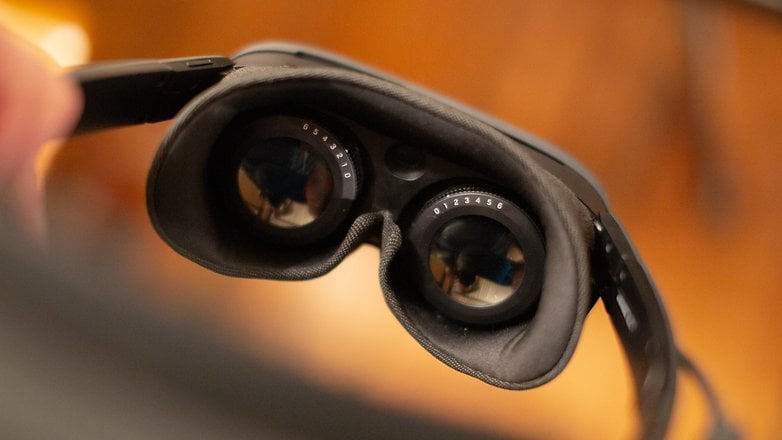
If you were to remove the battery module along with the head mount alongside the locking wheel, the Elite will tip the scales at 240 grams in glasses frame mode, which probably gives it a clear competitive advantage - for now. After all, the two pancake lenses, each with a 2.3-inch LCD display and a maximum refresh rate of 90 hertz, still remain. Those who wear spectacles to correct their vision can put them aside safely since HTC provides a correction of up to minus six diopters on the lenses.
The 1,920 × 1,920 pixels resolution is minimally higher than the Meta Quest 2 we reviewed (1,832 x 1,920 pixels), but let's not forget that Meta will probably introduce the Quest 3 to retail in the coming fall, which will probably adapt some things from the Quest Pro. Mark Zuckerberg was already talking up the Meta Quest 3.
The contrast and the 110-degree wide field of vision of the Vive are pleasing to look at at first glance, even though black is more like gray due to the LCD, although I do have my suspicions about the 110-degree field of vision. There is always a duplication of content that can be seen on the right and left sides, and you will also see occasional reflections on the lenses.
The stereo sound of the two speakers built into the frame is loud enough for everyday use. Sound is balanced and depending on the VR game you are playing now, the speakers do seem to exude spatial audio. I personally think that they could have been a bit louder, especially in the context of the Vive XR Elite missing out on a 3.5mm audio jack.
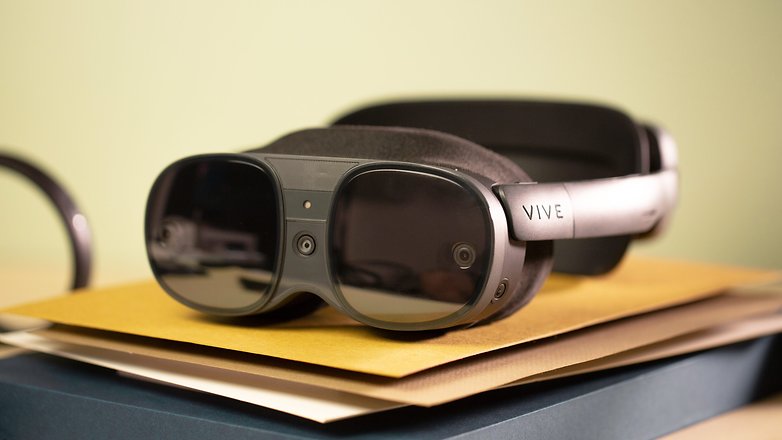
HTC installed a pair of USB Type-C ports here. This translates to a superior audio experience that is made possible via one of the two ports (preferably using the one at the top of the rear battery) and a USB Type-C headphone. There is also an IPD slider on the bottom, which allows you to adjust the pupil distance accordingly. This is not a big deal, but I have seen the implementation done in a more complicated manner elsewhere.
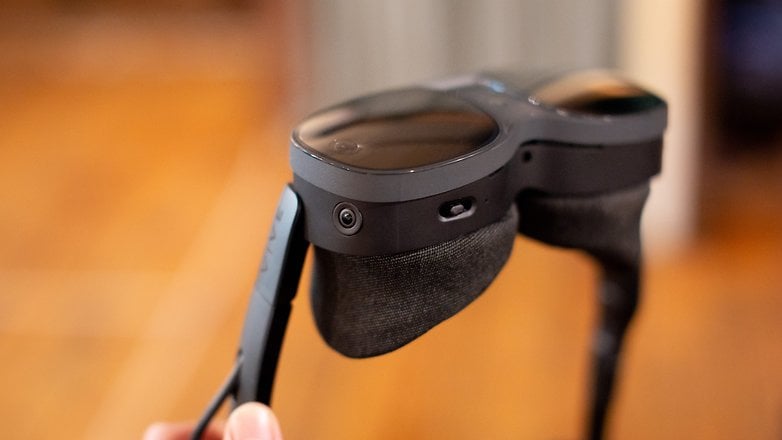
However, the HTC Vive XR Elite takes the cake with its passthrough. Without any further spoilers here to influence the "tracking cameras & sensors" category: I have never seen such a good Mixed Reality result on a headset display! HTC also installed a laser depth sensor above the 16 MP RGB camera, which probably also contributed to the good results.
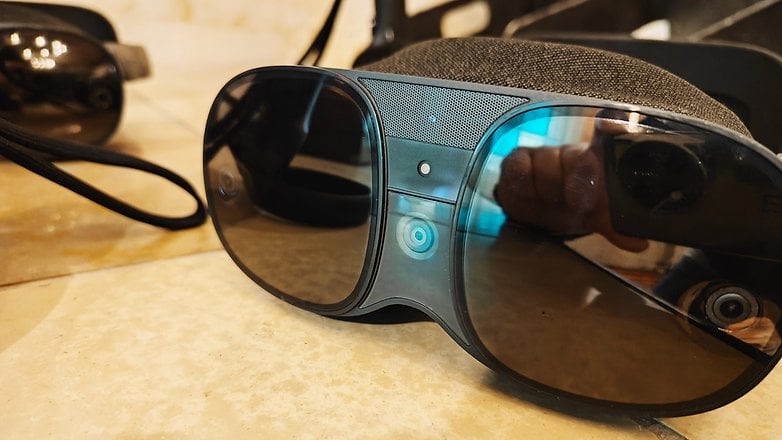
Vive XR Elite in use
Now that we've more or less covered the hardware, let's take a look at the virtual, or in our case, particularly impressive "mixed" reality. What makes the Vive XR Elite stand out is its standalone functionality — there is no need for a cable to connect the glasses to a high-end gaming PC or Sony PlayStation 5.
Although a connection to the "primary" computer is very much possible and does not even have to be via USB cable (the alternative being a WiFi 6E connection), we are primarily interested in games and applications that can be experienced on the Vive XR Elite without harnessing the power of the PC or PS5, using only with the app offered by the Steam VR Store.

At the Berlin event, we had applications like Maestro, Unplugged: Air Guitar, and a reaction game available in mixed reality. Unfortunately, neither the over 100 announced apps from Viveport (VR app store), nor the Homebase.
Our review unit had everything that it needed to work. The HTC Vive XR Elite welcomed us with open arms after a short and simple setup process, as we were also familiar with what Meta and Pico offered. The "home" environment is apparently located in outer space, although we sighted a "swimming" whale from time to time. This might be paying homage to the very first HTC Vive where you were visited by a whale when under water.
Unfortunately, we were disappointed from the beginning by the apps offered. Virtually everything needs to be paid for. Meta holds all the cards here, where you can also access the Steam VR store via Wi-Fi (I could not do so when it was connected by a cable to the PC), but that should not be the primary goal of a $1,099 VR device.
I was visibly impressed with the passthrough after putting the Vive XR Elite through the paces. It was actually so good, that I could read off my laptop and make handwritten notes in my notebook. Stefan also sent me a WhatsApp message from his Apple iPhone 13 Pro with the XR glasses on, for example. I also performed the Vive app on the smartphone while wearing the XR glasses. Although everything looked a wee bit larger, but the keyboard input worked without any issues throughout the review. It is indeed the best "Mixed Reality" device that I have come across so far. Let's see how Apple's Vision Pro will stack up against it next year.

Vive XR Elite performance
Like the Meta Quest 2 and the Pico 4, HTC powers this headset with a Snapdragon XR2 Gen 1 SoC. The octa-core processor was manufactured using the 7 nm process and offers a maximum clock frequency of 2.84 GHz for the primary core. Three additional performance cores clock up to 2.42 GHz, and the four energy-efficient Cryo-585 cores offer the familiar clock rate of 1.8 GHz. An Adreno 650 GPU (Graphics Processing Unit) is on hand for graphical needs.
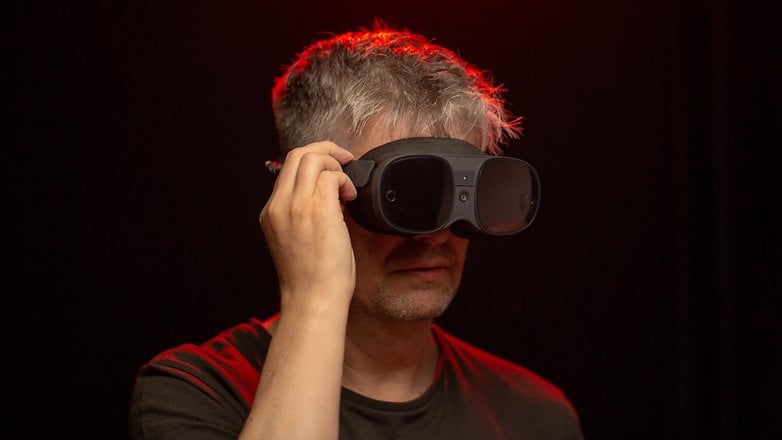
Now, the Meta Quest Pro already has a newer Snapdragon XR2+ Gen 1 installed. While Qualcomm itself provided little to no information about the new processor, Meta mentioned a performance increase of up to 50%, but Fabian Nappenbach countered that claim that in our interview. According to him, the processor is not clocked at a higher speed, as is usually the case with Snapdragon Plus models. Instead, the chip would use a different design that allows for more efficient cooling.
Thus, HTC's headset would realize an almost identical performance to the Quest Pro with the older SoC, which is equipped with a heat pipe made of copper and an additional hardware fan. I am actually not convinced by this statement, because Qualcomm wrote on its site:
Snapdragon XR2+ Gen 1 platform enables state-of-the-art interactions with 50 percent higher sustained performance compared to the previous generation.
As mentioned, Qualcomm did not disclose any core or clock rates for the chipset. I believe that the last word on the matter has not yet been released.
In terms of memory, the Vive XR Elite is currently quite manageable: 12 GB of working memory and 128 GB of internal storage space have been installed in the all-in-one headset in Taipei. My question about additional storage variants later, since the Meta Pro, for example, begins with 12/256 GB, was denied for the time being. Nappenbach does not want to exclude anything, but does not currently see a need, since currently available games would hardly take up any space and a USB stick (Type-C) can be connected for an optional expansion. This indirectly answered the question about the possible sideloading of apps.
Tracking Cameras & Sensors
Like the other competitors in the standalone VR glasses sector, HTC's Vive XR Elite also offers four 6-DoF inside-out tracking cameras mounted on the outside of the glasses, plus the already joyfully mentioned 16-megapixel RGB camera for the passthrough and a laser depth sensor positioned above it.
Unlike the first Vive VR glasses, the Elite doesn't require a base station(s). Everything begins from the compact glasses and the two hand controllers, which are also equipped with additional gyroscope and ultrasonic sensors once again. However, the Elite is also capable of so-called hand tracking, which Stefan could convince himself of during his first initial conducting experiences with the app known as Maestro.

However, during the review duration, there were too many incorrect inputs detection as the confirmation gesture was triggered by accident all too often. It is this, among other niggles when using the Vive XR Elite, that gives the impression to the user that it is not quite the polished product yet. The controllers also dropped connectivity from time to time — but the laser pointer did not falter as it proved itself to be reliably consistent.
If you were to take a closer look at the glasses, you will probably have noticed an opening on the bottom where the nose normally rests. An optional eye and face tracker can be attached there later. We couldn't get hold of any pricing information yet, but I assume similar prices as for the tracker that was delivered later for the HTC Focus 3 which costs $350 in total.
That makes sense for the productivity sector, where applications like "Vive Sync" are used, which also support tracking and allow you to recognize the emotions of your opponent in interactive 3D meetings.
Vive XR Elite battery
In my opinion, the battery is one of the most important issues for all-in-one headsets. Because as long as we don't have OTA charging, power has to come from somewhere. HTC also installed a 5,000 mAh battery at the back of the Vive XR Elite. The position on the back of the head is supposed to achieve a particularly balanced weight ratio.
This is not necessarily new, but it does make sense. However, pressure points were experienced on Meta and its Pro after an hour of gaming. The HTC XR headset also suffers from the same phenomenon. We were somewhat surprised that the battery itself was defective during the review duration, as it sent the XR Elite int a bootloop. Thankfully, there was a temporary fix to the situation by connecting it to a power adapter for regular service to resume. While we cannot provide an accurate battery runtime for the headset, two hours of non-stop gaming seem to sit well with the XR Elite.

However, this issue raised another red flag: using an external battery. While the idea of being able to hot- swap batteries sounds like a genius move at first, it proved to be more difficult to implement than expected. It took a few tries among the editorial team before an external power source saved the day to deliver a self-sufficient operation.
This is another moment where you end up feeling like a beta tester and think, "While tis is a really neat idea, the implementation is piss poor."

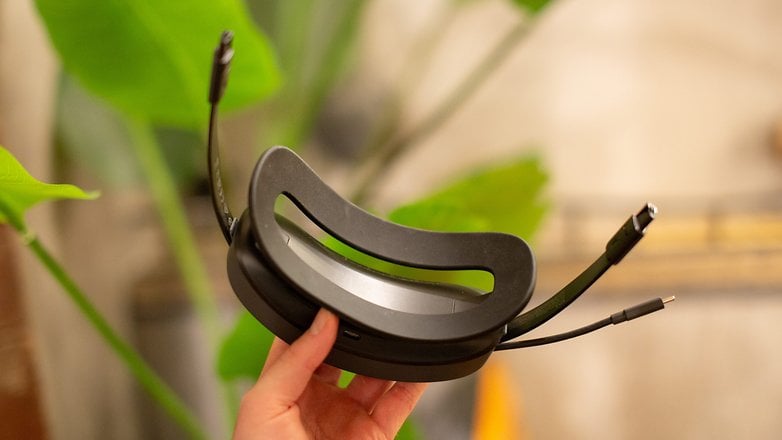
The two hand controllers also feature batteries with a yet unknown capacity, which should be enough for 15 hours of gaming per charge according to initial reports. While I am unable to confirm this, the controllers were not drained of their power when not in use.
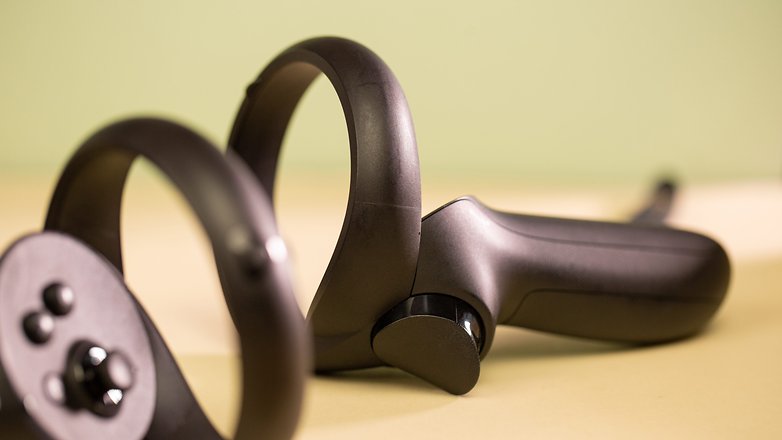
Vive XR Elite technical specifications
| Technical specifications | |
|---|---|
| Device | |
| Image |

|
| Display and optics | 2x 2.3 inch LCD panel |
| Dimensions | 155.1 x 70.5 x 200.7 mm (H x W x D) |
| Weight | 625 g (incl. battery) |
| SoC | Qualcomm Snapdragon XR2 Gen 1 |
| Memory | 12 GB RAM |
| Expandable memory | via USB Type-C |
| Camera / Tracking | 4x 6-DoF tracking camera |
| Battery / runtime | 4,864 mAh (5 volts) |
| Connectivity | WiFi 6E - 2.4 GHz - 5 GHz |
| Sound | Stereo speaker |
| Others | 2x USB Type-C ports (version 3.2) |
| Controller | Specifications per controller: |
| Operating system | HTC Wave (based on Android) |
| Availability and price | February 28, 2023 $1,099 (12 GB RAM/128 GB storage) |
Final verdict
Rarely have I been so wrong in a first test as with the HTC Vive XR Elite. The standalone VR glasses are still probably the best existing headset in terms of execution and design. However when you put it through the paces in a thorough review, you end up feeling like a beta tester or a dissatisfied customer with corners cut simply to release the device earlier to the masses, all for a whopping $1,099.
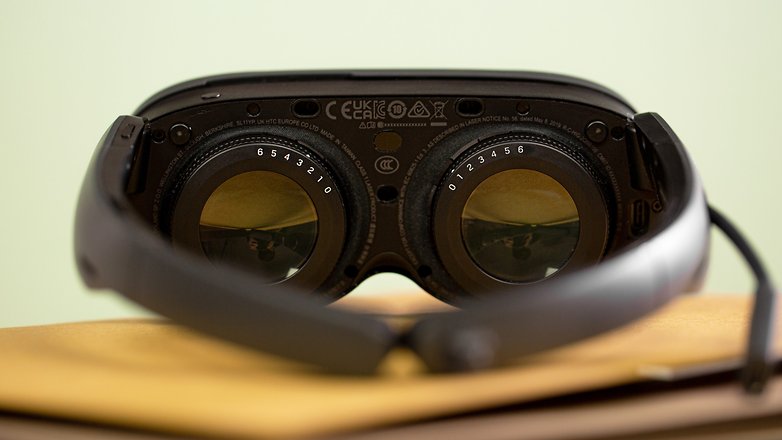
I do not even want to talk about the defective battery, which we had to replace immediately, which should affect its final score. Rather, it's the low number of apps on offer, the poor privacy shield implementation that lets the headset press against the nose, controller failure and freezing of menus, faulty detection of gestures in the hand tracking, the small field of vision of the pancake lenses, that left me downright disappointed.
If I were to look at the apps on offer that are mostly paid ones, then there is a feeling of being ripped off considering I had already forked out $1,099 for it.
Under the current circumstances, I have no choice but to advise against buying the HTC Vive XR if you are looking for VR/MR glasses for gaming. Those who are interested woudl do well to pick up the Meta Quest 2 that has seen its price drop once again.
However, if you are looking for a pair of affordable and very good mixed reality glasses to work on multiple virtual and real monitors, and want to keep certain types of content secret from your office neighbor, among others, then the HTC Vive XR Elite is indeed the ultimate recommendation. This only applies if you have a good alternative for a comfortable nose pad.
